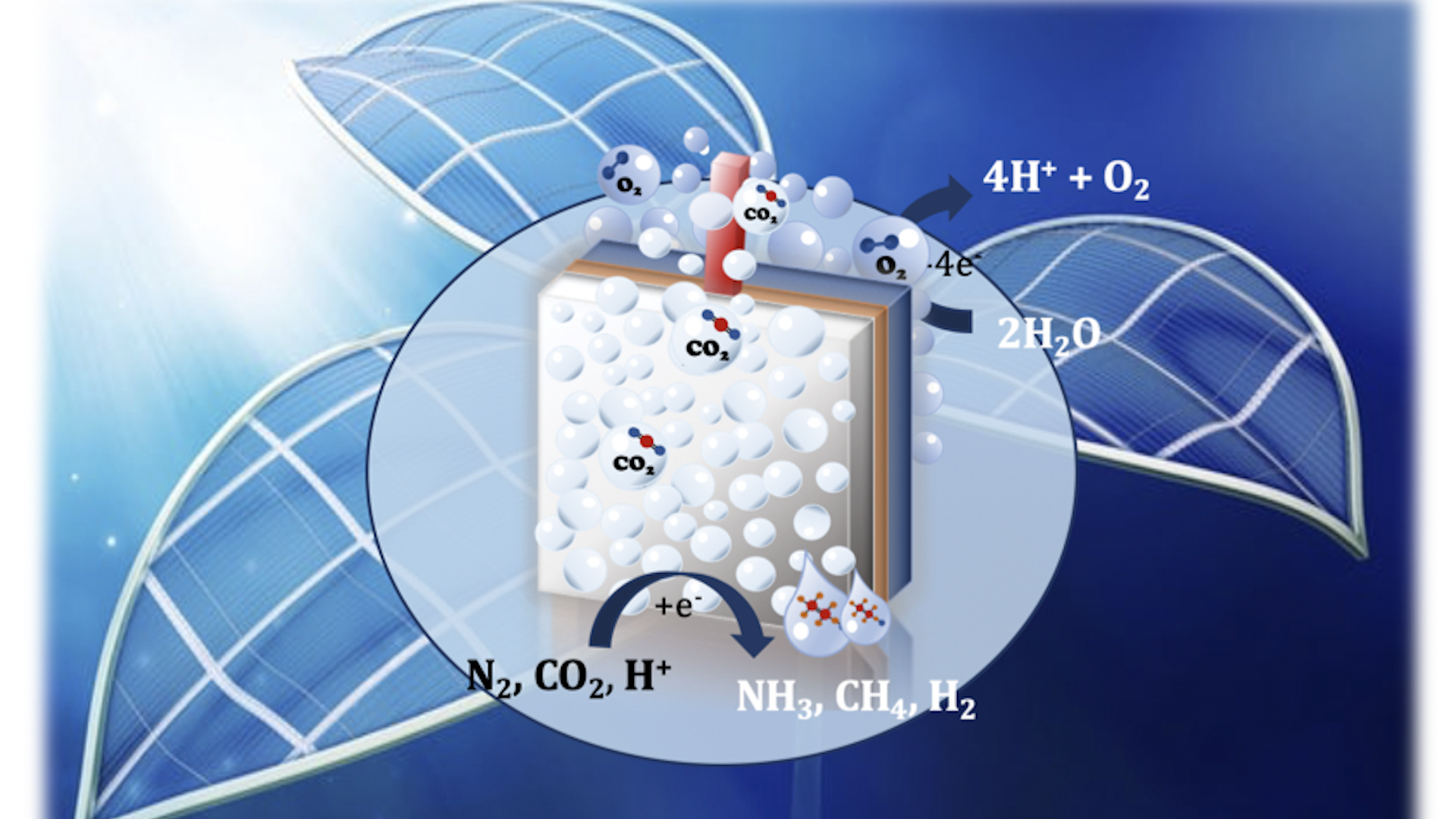Duration: 36 months
Long-term space travels and Moon habitats require a reliable, efficient and sustainable production of oxygen and fuels at minimal energy input and weight. Photoelectrochemical, artificial photosynthesis systems using only water, carbon dioxide and sunlight as resources to produce high-valuable fuels and chemicals with oxygen as a by-product are promising systems to fulfill these requirements. They could provide a significant advantage over currently employed life-support systems e.g., on the ISS by combining solar energy absorption and conversion into oxygen and fuels in one device. This novel approach could therefore not only improve the energy efficiency of the system significantly, it could also have a great impact on its weight since Sabatier reactor and water electrolyzer would be part of the same device. In this project, we propose to investigate the electrochemical half-cell reactions (i) light-assisted water oxidation/ oxygen production and (ii) carbon dioxide reduction to long-chain hydrocarbons (fuels) for application in life-support systems using integrated, technologically-advanced III-V semiconductor-electrocatalyst systems for light absorption and the catalytic process. Working in reduced gravitational environments (generated in a drop tower and sounding rockets), we will adjust our electrocatalyst nanotopography for efficient gas-bubble repulsion from the electrode surface and optimize the two half-cells independently before integrating them into one device. A lamp filter generating an air mass coefficient of AM 0 during the experiment ensures furthermore the simulations of the solar spectrum outside the Earth atmosphere. The aim of this study is to generate a fundamental understanding of how these photoelectrochemical processes would take place in space craft environments and how we can optimize them to conclude on the design of an oxygen and fuel producing device for operation during long-term space travels and in Moon habitats.

